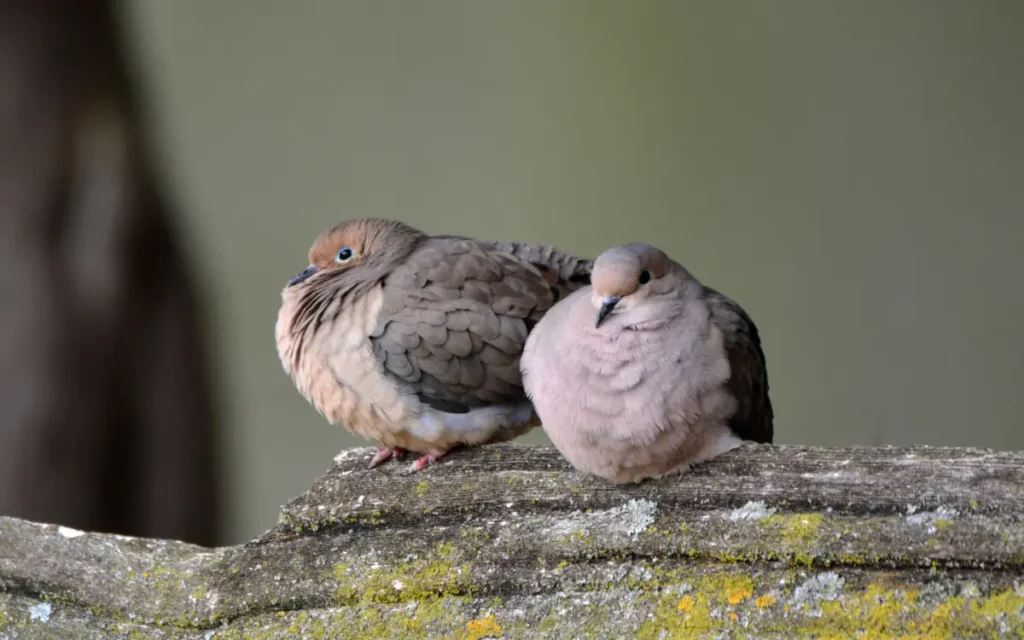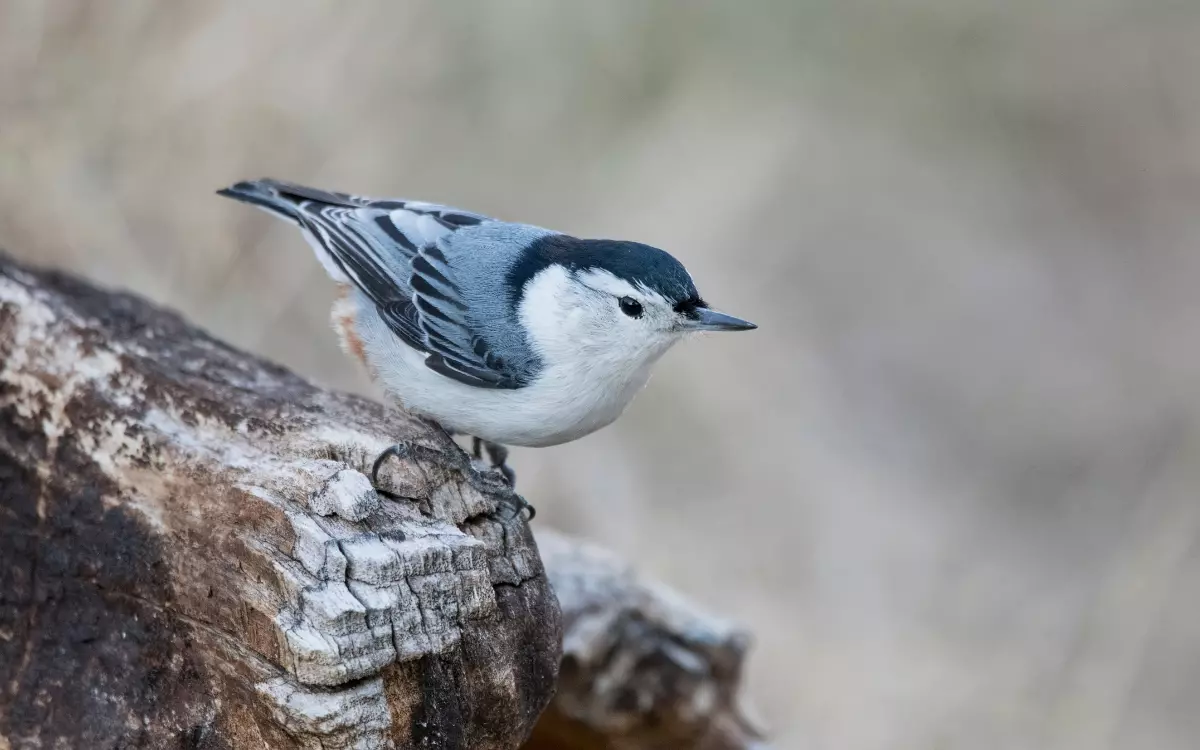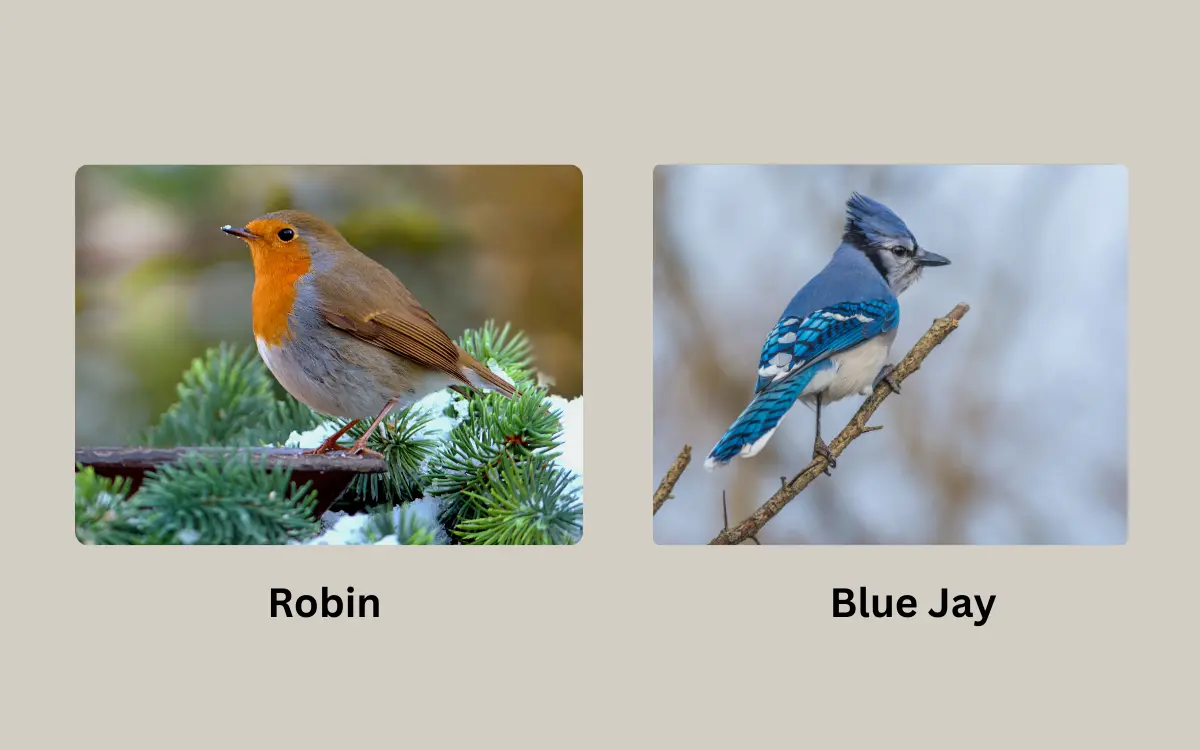How to Attract Mourning Doves to Your Feeders?
Mourning Doves are gentle, peaceful birds known for their soft cooing sounds and graceful presence. Attracting these beautiful birds to your yard not only adds to its charm but also supports local bird populations by providing them with a reliable food source.
If you’re interested in bringing Mourning Doves to your feeders, here’s a step-by-step guide to creating a welcoming environment for them.
Choose the Right Food for Mourning Doves
Mourning Doves primarily eat seeds, so offering a variety of seeds at your feeders is essential to attracting them.
- Provide Seeds: Mourning Doves prefer seeds such as black oil sunflower seeds, cracked corn, and white millet. These seeds are easy for them to digest and provide the nutrients they need. You can find dove-specific seed mixes at most bird supply stores, which contain a blend of these favorites.
- Add Grains and Other Options: In addition to seeds, Mourning Doves enjoy grains like cracked wheat and oats. These can be sprinkled on the ground or placed in a platform feeder. Doves are ground feeders by nature, so scattering grains on the ground mimics their natural feeding behavior.
- Avoid Bread and Harmful Foods: While it may be tempting to throw out bread crumbs, bread and other processed foods are not suitable for doves. Bread lacks nutritional value and can be harmful, especially if it molds. Stick to seeds and grains for a healthy and safe diet.
Select Suitable Feeders
Mourning Doves have specific preferences when it comes to feeders. Their larger size and ground-feeding habits make certain types of feeders more appealing to them.
- Platform Feeders: Flat, open feeders are ideal for doves because they allow ample space for them to forage comfortably. Platform feeders, which are simply flat surfaces raised off the ground, provide a perfect spot for doves to feed. These feeders can hold seeds, grains, and even small bits of fruit.
- Ground Feeding Trays: Since doves are naturally ground feeders, using a ground feeding tray is an excellent way to attract them. Place the tray on the ground in a quiet area, preferably near some shrubs or other cover to provide them with a sense of security while they eat.
- Avoid Hanging Feeders: Traditional hanging feeders are not well-suited for Mourning Doves due to their size and feeding style. Doves are less comfortable perching on small hanging feeders, so they’re more likely to visit if you provide a feeder that accommodates their needs.
Provide Water Sources
Water is essential for attracting Mourning Doves. Like most birds, they need a reliable source of fresh water for drinking and bathing.
- Birdbaths: A shallow birdbath placed at ground level is perfect for Mourning Doves. They prefer shallow water for bathing and drinking, so look for a birdbath with a depth of no more than 1–2 inches. If you already have a birdbath on a pedestal, consider placing a small dish of water on the ground nearby as well.
- Ground-Level Water Dishes: In addition to birdbaths, a simple dish of water on the ground can be effective. This makes it easy for doves to access and helps mimic the natural water sources they’re accustomed to in the wild.
- Keep Water Clean and Fresh: Regularly clean your birdbath or water dish to prevent algae growth and maintain a healthy water source. Change the water every few days, especially in hot weather, to keep it fresh and inviting for the doves.
Create a Safe Feeding Environment
A safe environment is key to attracting and retaining Mourning Doves. These birds are generally wary, so providing a safe, quiet space for them to feed is essential.
- Control Predators: Mourning Doves are often targeted by cats and other predators. To keep them safe, place feeders in open areas where they can easily spot any approaching danger. Consider placing a baffle around the feeder post or placing feeders in spots that are difficult for cats to access.
- Reduce Disturbances: Choose a quiet, low-traffic area of your yard for the feeders. Doves are easily startled by noise and sudden movements, so placing feeders in a more secluded spot will help make them feel secure.
- Prevent Window Collisions: Window collisions can be a significant risk for doves. To prevent this, use window decals or hang items near large windows to help make the glass more visible to the birds. Placing feeders a safe distance from windows also helps reduce the risk.

Plant Dove-Friendly Vegetation
In addition to feeders, natural vegetation can help make your yard more attractive to Mourning Doves by providing food, cover, and nesting sites.
- Choose Native Plants and Shrubs: Planting native grasses, flowers, and shrubs is an excellent way to attract Mourning Doves. Many plants produce seeds that doves enjoy, so including plants like coneflowers, sunflowers, and native grasses can provide an additional food source.
- Provide Low, Dense Shrubs: Mourning Doves use dense shrubs for cover and protection from predators. Shrubs like juniper, holly, and dogwood are great options, as they offer dense foliage that doves can hide in if they feel threatened.
- Include Fruit-Bearing Trees and Bushes: Planting trees or bushes that produce berries, such as dogwood, elderberry, or serviceberry, can offer doves additional food sources. These plants add both beauty and practical value to your landscape, making your yard more dove-friendly.
Offer Nesting and Roosting Spots
Creating nesting and roosting spots can encourage doves to stay longer and even raise their young in your yard.
- Set Up Nesting Shelves: Mourning Doves typically build simple nests on flat surfaces. You can attract nesting doves by installing a small nesting shelf or platform on a tree, wall, or under an eave. Place it in a quiet area with some nearby foliage for cover.
- Leave Natural Cover: Brush piles or dense foliage provide excellent roosting spots for doves. By leaving some areas of your yard a bit wilder, you create natural spaces where doves can take refuge, rest, and roost.
- Maintain Quiet, Undisturbed Areas: Doves prefer calm, undisturbed spaces for nesting. Designate certain areas of your yard as “quiet zones” where you avoid loud activities during the nesting season. This gives doves the peace they need to feel secure.
Read also:-
Keep Food and Water Consistent
Mourning Doves are creatures of habit, so maintaining a consistent feeding and watering schedule will help encourage regular visits.
- Regular Feeding Schedule: Keep your feeders filled, ideally replenishing food at the same time each day. This helps doves learn when food is available, encouraging them to return on a regular basis.
- Check and Refill Daily: Doves are more likely to frequent a yard with reliable food and water sources. Make it a habit to check feeders and water dishes daily, topping them up as needed to keep everything stocked and fresh.
- Seasonal Adjustments: In winter, increase the food supply as doves may rely more heavily on feeders when natural food sources are scarce. You may also want to adjust your food offerings based on seasonal preferences and nutritional needs.
Be Patient and Persistent
Attracting Mourning Doves takes time and patience. Once they find your yard, they’re likely to return, but establishing a routine may require some persistence.
- Encourage a Routine: Consistency is key when attracting Mourning Doves. Set up a routine for feeding, watering, and maintaining a safe environment to help doves feel comfortable visiting your yard.
- Observe and Adjust as Needed: Watch how doves interact with your feeders and environment. If you notice certain areas are more popular, adjust your setup to maximize dove activity and make your yard as welcoming as possible.
- Enjoy the Process: Remember that attracting doves is a rewarding experience. Their calming presence and soothing coos make them a delightful addition to any yard. Enjoy the process of creating a dove-friendly space and take pride in providing a sanctuary for these gentle birds.
Conclusion
By providing the right food, water, shelter, and a safe environment, you can attract Mourning Doves to your feeders and encourage them to visit regularly. These simple steps will help create a welcoming space for doves and other birds, enhancing the beauty of your yard and supporting local wildlife. With patience and care, you’ll soon be enjoying the peaceful presence of Mourning Doves in your outdoor space.






